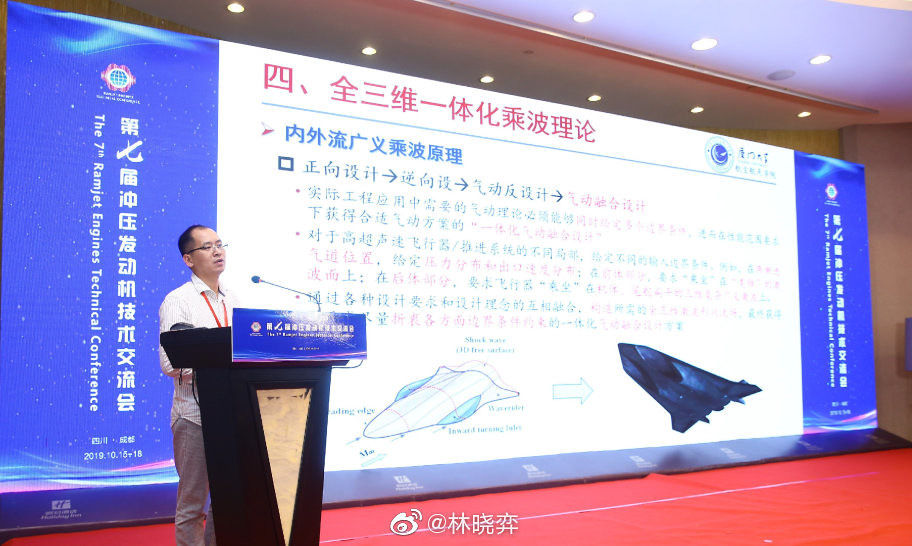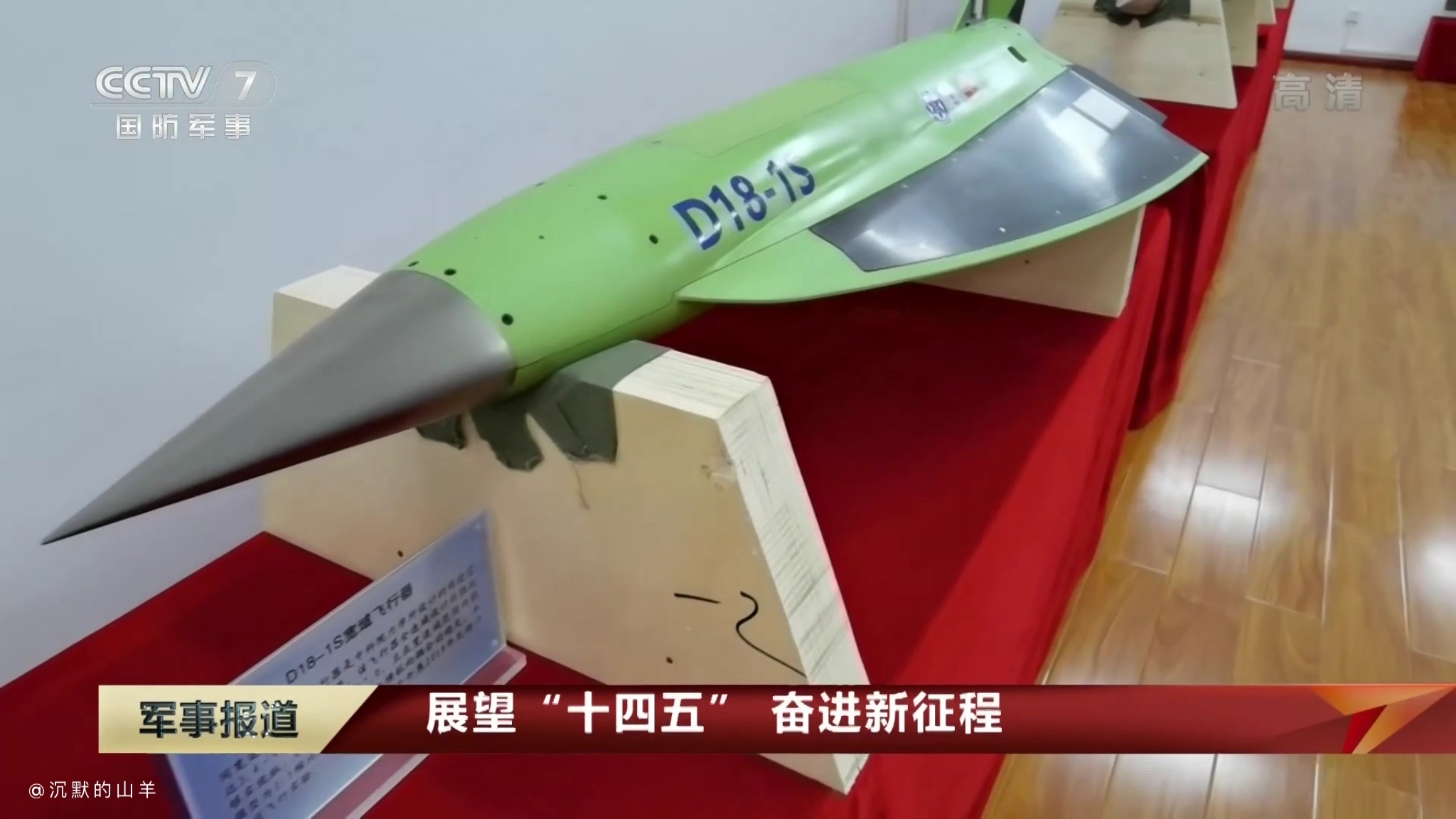I initially put this in the Space Program thread as I figured TRRE would be closed related to spaceplane projects, but since in this thread there's been a lot of discussion on precooled SABRE engines and TRRE it should be an even better fit today. I read through
today to get my head around TRRE and how it relates to other kind of combined cycle engines, particularly pre-cooled engines like SABRE and I think I got a good idea now. I can see why TRRE was picked and also why it's going quite well in China.

Basically a spaceplane needs all three kind of engines to be worthwhile, so at the most conceptually simple level you could just bolt a turbojet engine, a ramjet engine and a rocket engine onto a spacecraft and call it a day. But of course that entails a lot of redundant structure element that's a waste of space and weight, so the clever thing to do is to somehow merge the three engine types into a single unit and reduce redundancy as much as possible.
When you're combine these three engine types you are always faced with these problems:
- turbomachinery as used in turbojet can only handle intake air up to about Mach 3, above this speed the compressed air is over 1,000 degrees at the intake and no compressor blade can handle that heat. As a turbojet approaches this speed it need to start throttling back because the turbine blades also start to approach their max operating temperature
- ramjet offers zero thrust at stationary and pretty weak thrust below mach 2, thus there's a power gap between mach 2 and mach 2.5 where turbojet is losing power fast while ramjet has not yet reached high enough speed to really kick into gear
- rocket engine work at all speed, but need oxidiser so has very low specific impulse relative to turbojet or ramjet and must be used sparingly or it will kill your payload fraction
When you combine a turbojet engine with a ramjet engine you get TBCC, or "
Turbine Based Combined Cycle". This can be done in series such as SR-71's engine (although P&W J58 is not a true TBCC engine because there's no way to bypass the turbine part completely and let the engine run only in ramjet mode, hence why it's limited to Mach 3.2 while pure ramjet can go up to Mach 6). Alternatively TBCC can be done in parallel where you have a turbojet and a ramjet side by side but sharing a single intake and nozzle. This of course can't take you into space on its own because you need a rocket engine to finish your climb into orbit.
When you combine ramjet engine with rocket engine you get RBCC, or "
Rocket Based Combined Cycle". This gets around the turbomachinery overheat problem since ramjet has no moving parts and the rocket engine's turbopump can be powered by expander cycle or gas generator instead of putting the turbine directly behind the much hotter main combustion chamber. The problem with RBCC is of course you can't use it to accelerate from stand still unless you want to use the rocket engine to power the vehicle through subsonic and supersonic flight where rocket engine's efficiency is at its worst.
There's another type of combined cycle engine called "
Air Turborocket" or ATR which uses a small rocket to power a jet engine's turbomachinery via either expander cycle (ATREX) or gas generator cycle (ATRGG). Rocket exhaust can be tuned to be quite cool by running the mix fuel-rich or oxidiser-rich so that the exhaust is turbine blade friendly. ATRs have been historically very poor in performance and no one is doing research in this area any more. Although SABRE is rather similar to an ATREX.
SABRE engine basically combines a turbojet engine with a rocket engine and get around the turbomachinery overheat problem by pre-cooling the superheated intake air with a precooler. This uses the liquid hydrogen fuel as coolant to run a helium heat exchange loop to cool the intake air from 1,000 degrees down to negative 150 degrees. The compressor than can happily work up to mach 5.5. The turbine that drives the compressor is powered by the helium loop which is heated by both the precooler as well as a regenerative cooling loop around the main combustion chamber (ie: it's expander cycle via both the main combustion chamber as well as the precooler).
The problem with SABRE engine is the ramjet part of the engine is somewhere between "extremely weak" to "non-existent". SABRE engine does not allow intake air to bypass precooler and compressor to funnel the hot air directly into a ramjet. Excess air from the intake rather is directed around the precooler and compressor and is mixed with hot hydrogen used to cool the helium cooling loop to burn in a ring shaped burner around the main combustion chamber. This is mostly done to reduce drag rather than as a ramjet engine and the ramjet effect is minimal. Thus you can see SABRE switches from air-breathing mode to rocket mode very early at Mach 5.5.
So basically SABRE engine can be thought of as a ATREX (Air Turborocket in expander cycle), but with that precooler to allow the turbojet to work to a much higher speed than normal. It solves problem 1 with precooling, avoids problem 2 by not having a ramjet and getting the turbojet to work to much higher speed. It does not avoid problem 3 and has to rely on rocket mode from Mach 5.5 onwards into space.
Turbo-aided Rocket-augmented Ramjet Combined Cycle Engine comes at this problem from another direction, it combines a RBCC engine (ramjet + rocket) in parallel with a turbojet engine:

At below mach 2, only the turbojet is working and the engine functions as a regular jet engine. At the borderline speed between mach 2 - mach 2.5 the engines goes into a "Relay Mode" where all three engines are switched on. The turbojet contributes what little power it's still able to provide, ramjet is starting to kick in and the shortfall in thrust is filled in by firing up the rocket engine.
At above mach 2.5, turbojet engine is switched off and bypassed completely, therefore avoiding problem 1 (turbomachinery overheat). Ramjet is still getting its bearing so rocket engines keep working to help accelerating the craft up to mach 6. While this is going on ramjet is contributing more and more thrust and rocket engine can start to throttle back. This rocket assist helps getting around problem 2 (turbojet - ramjet power gap).
At mach 6 to mach 8, ramjet is now working at full power and the rocket engine is switched off. Because the ramjet is a proper ramjet unlike in the SABRE engine it can operate all the way up to mach 8, into the scramjet region.
At above mach 8, ramjet engine powers down, the intake is closed and engine switch to rocket mode. This minimises problem 3 (rocket engine low specific impulse) by allowing the scramjet to work to a much higher speed of mach 8, unlike SABRE's cut off at mach 5.5
TRRE does not require precooler technology, which is a non-trivial technical challenge. That said China is also working on procooler technology and trying to develop domestic SABRE engine, however the progress there is not as advanced as TRRE.













